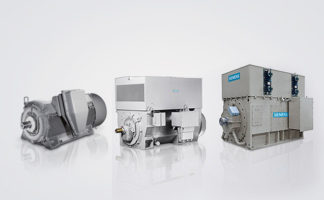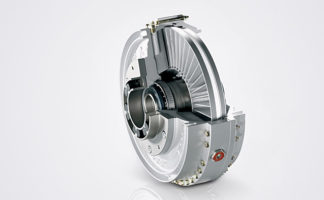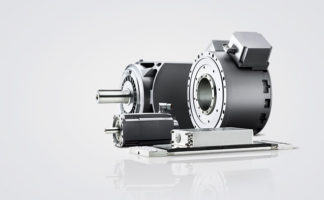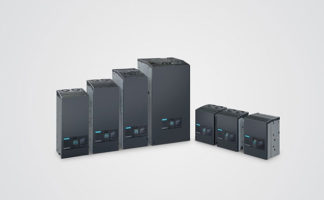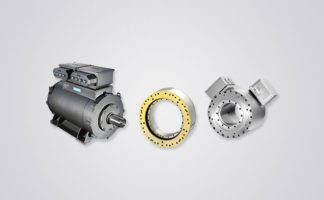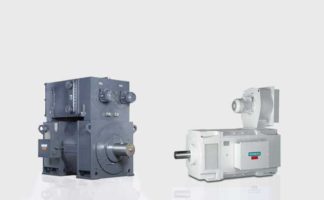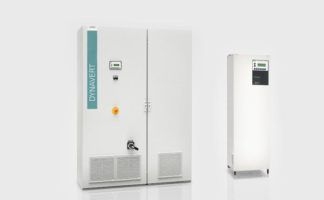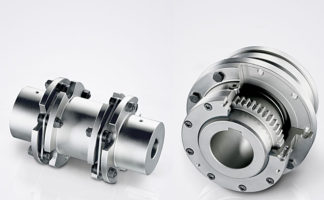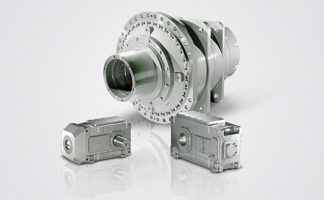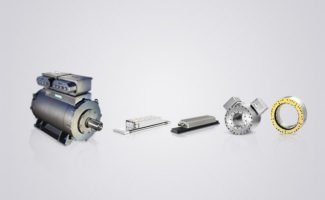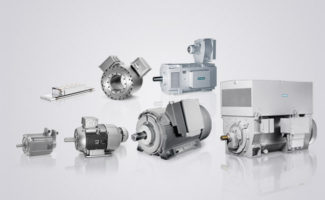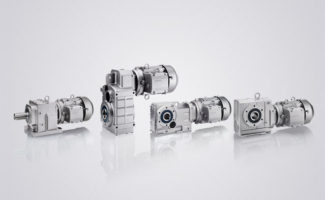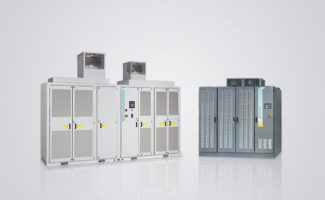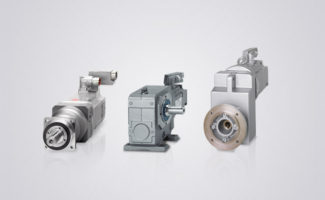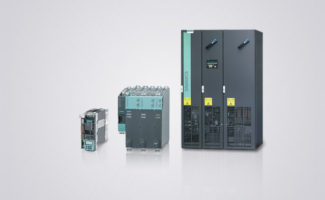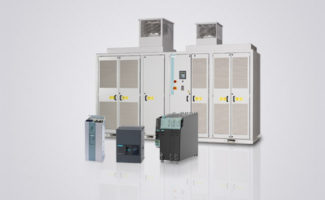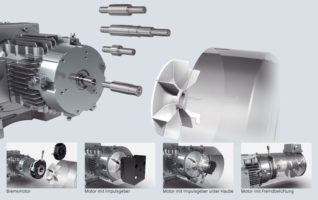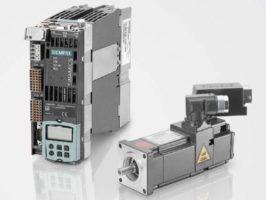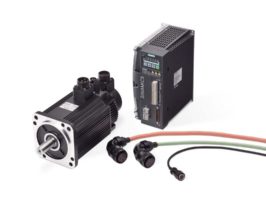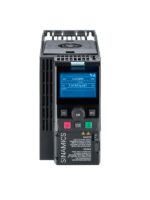
2/2
Siemens D 83.1 · 2016
2
Motors with Explosion Protection
Orientation
■
Overview
In many industrial and public sectors, explosion protection or
explosion hazards are ever-present, e.g. in the chemicals
industry, in refineries, on drilling platforms, at gas stations,
in feed manufacturing and in sewage treatment plants.
The risk of explosion is always present when gases, fumes,
雾或dust are mixed with oxygen in the air in an explosive ratio
close to sources of ignition that are able to release the so-called
minimum ignition energy.
In the chemical and petrochemical industries in particular, when
crude oil and natural gas are transported, or in mining, milling
(e.g. grain and granular solids), this can result in serious injury
to persons and damage to equipment.
To ensure maximum safety in these areas, legislators in most
countries have implemented appropriate stipulations in the form
of laws and regulations based on national and international
standards.
Explosion-protected equipment is designed such that an
explosion can be prevented when it is used properly.
The explosion-protected equipment can be designed in
根据各种类型的保护。
The local conditions must be subdivided into specified zones
by the user with the assistance of the responsible authorities in
accordance with the frequency of occurrence of an explosion
hazard. Device (equipment) categories are assigned to these
zones. The zones are then subdivided into possible types of
protection and therefore into possible equipment (product)
types.
分类区
Areas subject to explosion hazard are divided into zones.
Division into zones depends on the chronological and
geographical probability of the presence of a hazardous,
potentially explosive atmosphere. Information and specifications
for classification of the zones are laid down in the following
standards:
•
IEC/EN 60079-10-1 for gas atmospheres
•
IEC/EN 60079-10-2 for dust atmospheres
Further, a distinction is made between various explosion groups
as well as temperature classes and these are included in the
hazard assessment.
Depending on the particular zone and therefore the associated
hazard, operating equipment must comply with defined
minimum requirements regarding the type of protection. The
different types of protection require corresponding measures to
prevent ignition that should be implemented at the motor in order
to prevent that a surrounding explosive atmosphere is ignited.
Zone classification
Gas atmosphere
Zone classification
Dust atmosphere
Zone 22
Zone 21
Zone 0
Zone 1
Zone 2
Zone 20
Safe Area
Safe Area
G_D081_EN_00339
Zone
Zone definition acc. to
Gas
1) 2)
Dust
1) 2)
IEC/EN 60079-10-1 for gas atmospheres
IEC/EN 60079-10-2 for dust atmospheres
Assigned
types of protection
Category
according to
2014/34/EU
Equipment protection
level acc. to
IEC/EN 60079-0
0
–
An area in which there is an explosive gas atmosphere
constantly
,
over a long period
or
frequently
.
Low-voltage motors
not permitted
1
Ga
1
–
An area in which in normal operation it is expected that an explosive gas
atmosphere will occur
occasionally
during normal operation.
Ex e
Ex de
Ex d
2
Gb
2
–
An area in which in normal operation it is expected that an explosive
gas atmosphere will occur only
rarely
and then only
briefly
.
nA交货
3
Gc
–
20
An area in which there is an explosive gas atmosphere comprising
a dust-air mixture
constantly
,
over a long period
or
frequently
.
Low-voltage motors
not permitted
1
Da
–
21
An area in which it is expected that an explosive gas atmosphere comprising
a dust-air mixture will occur
occasionally
during normal operation.
Ex tb
2
Db
–
22
An area in which in normal operation it is expected that an explosive gas
atmosphere in the form of a cloud of flammable dust in air will occur only
rarely
and then only
briefly
.
Ex tc
3)
3
Dc
1)
Motors of
- Zone 1 may also be used in Zone 2.
- Zone 21 may also be used in Zone 22.
2)
Motors which are certified for gas or dust protection must not be used in
hybrid mixtures! Hybrid mixtures:
When explosive gas and dust atmospheres occur simultaneously.
3)
Motors are not approved for operation in environments containing
conductive dust.
© Siemens AG 2016




